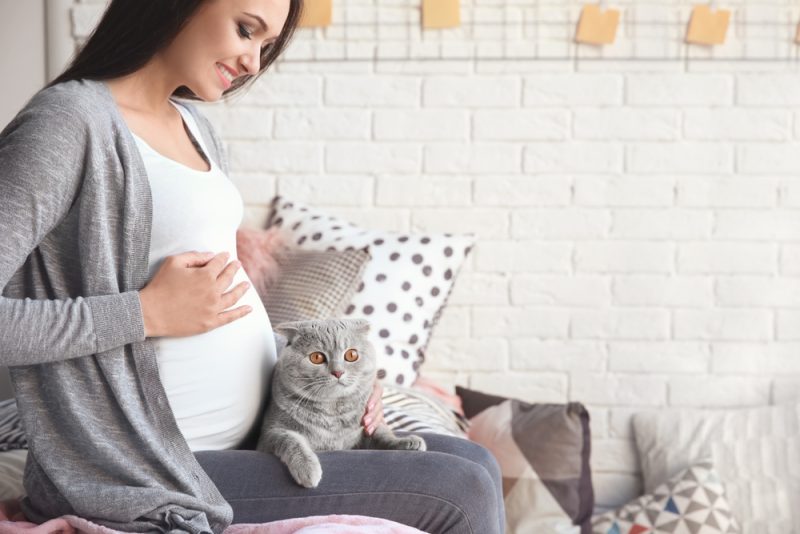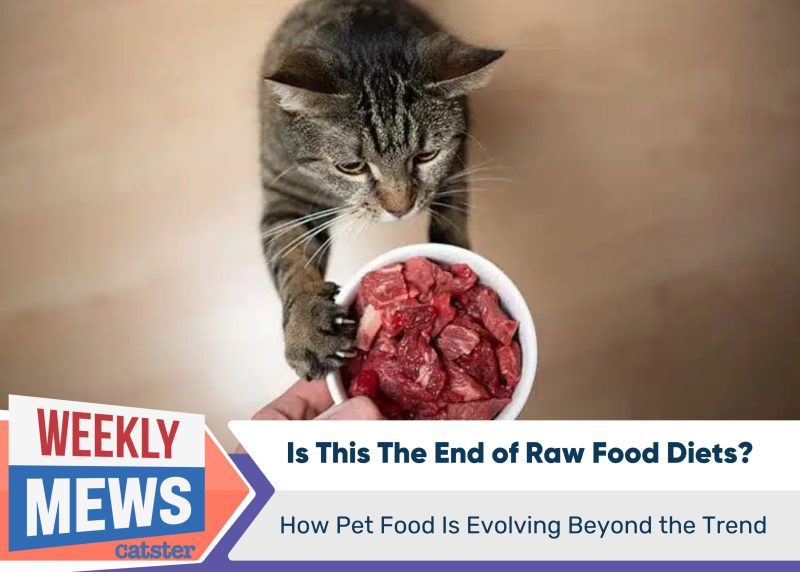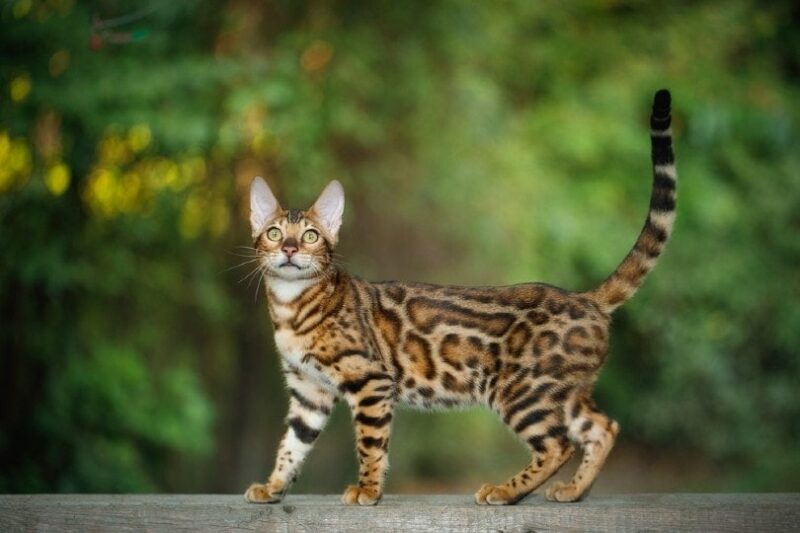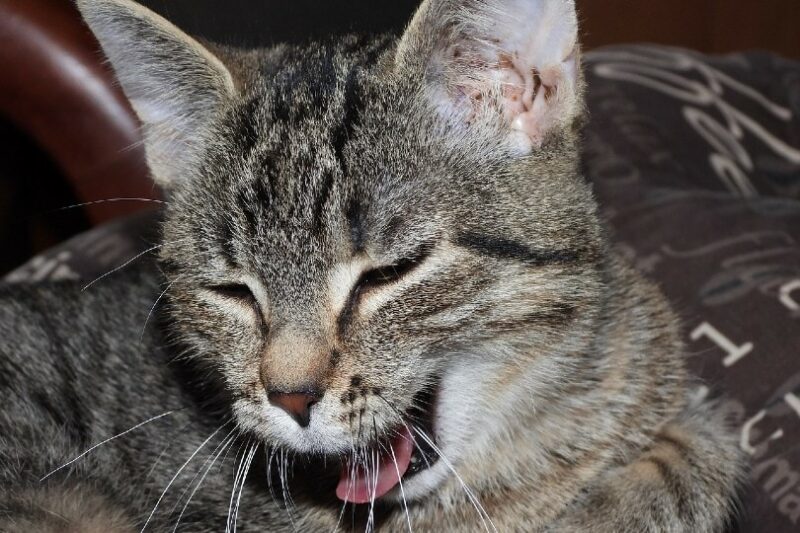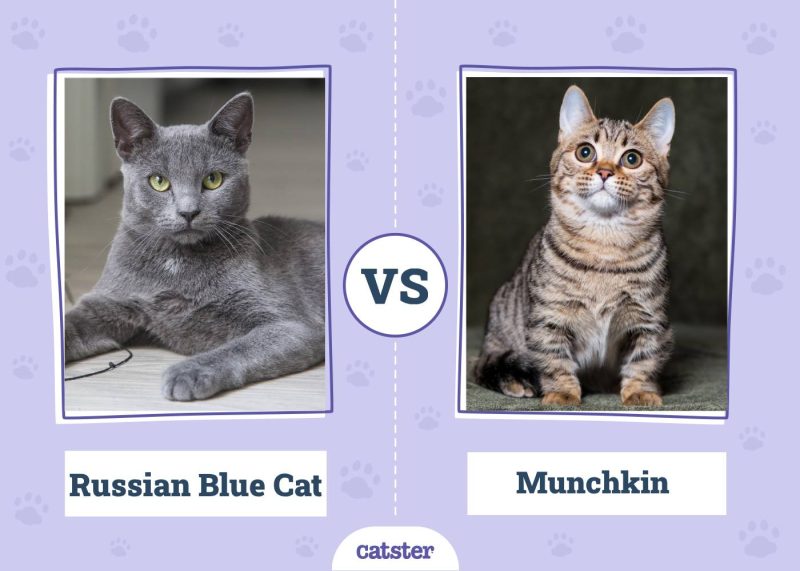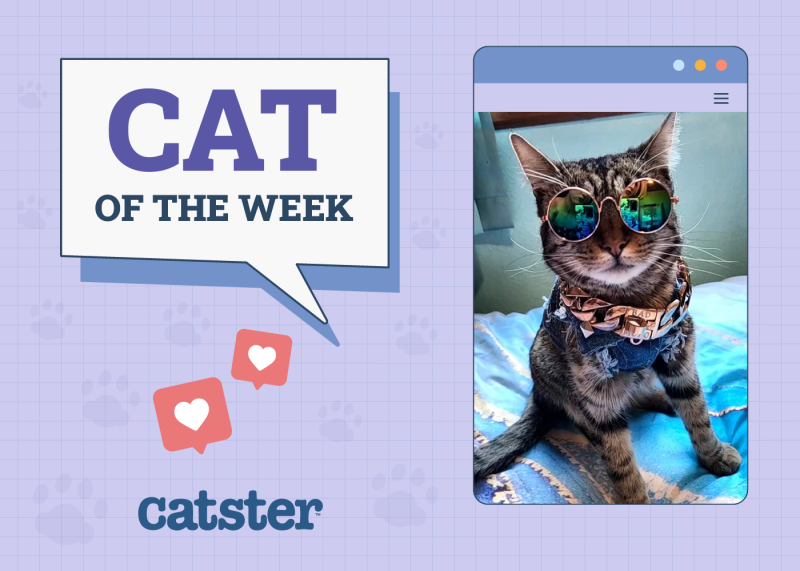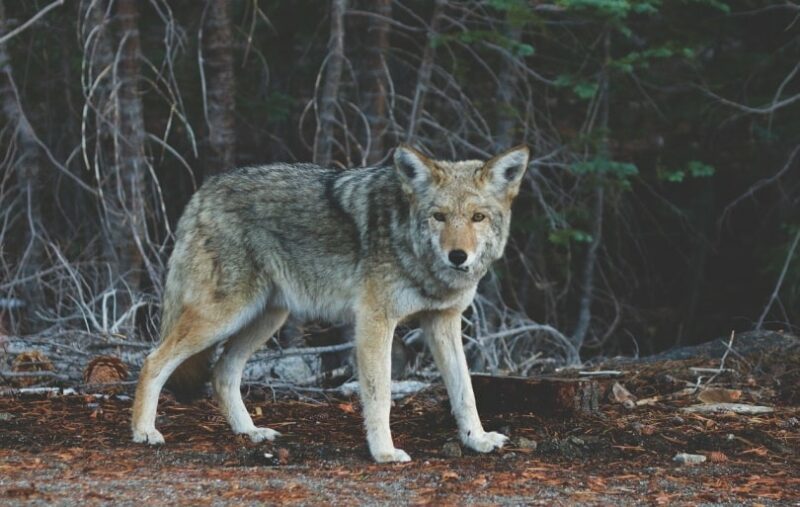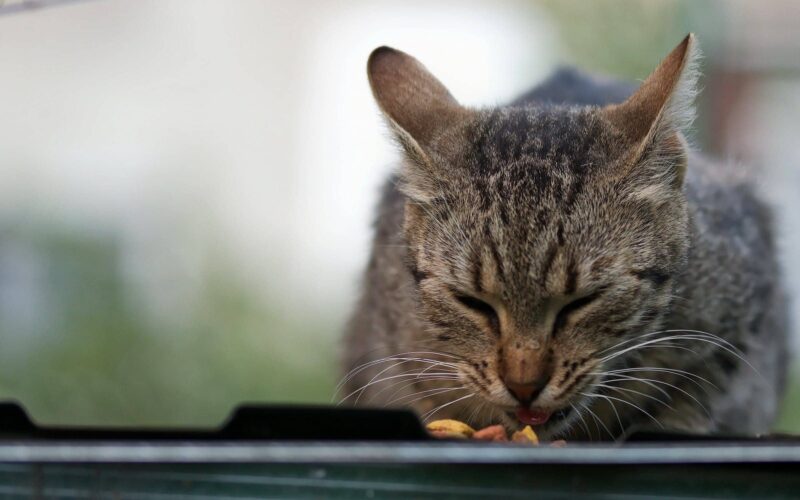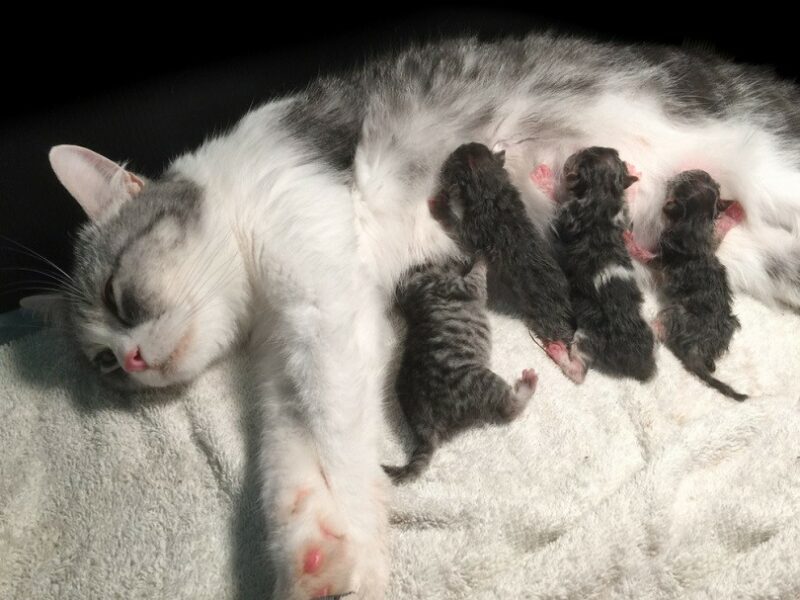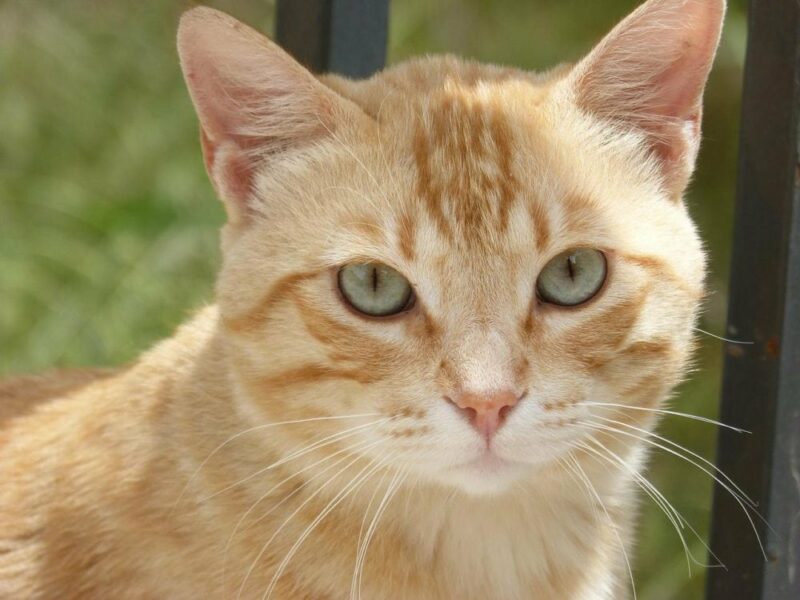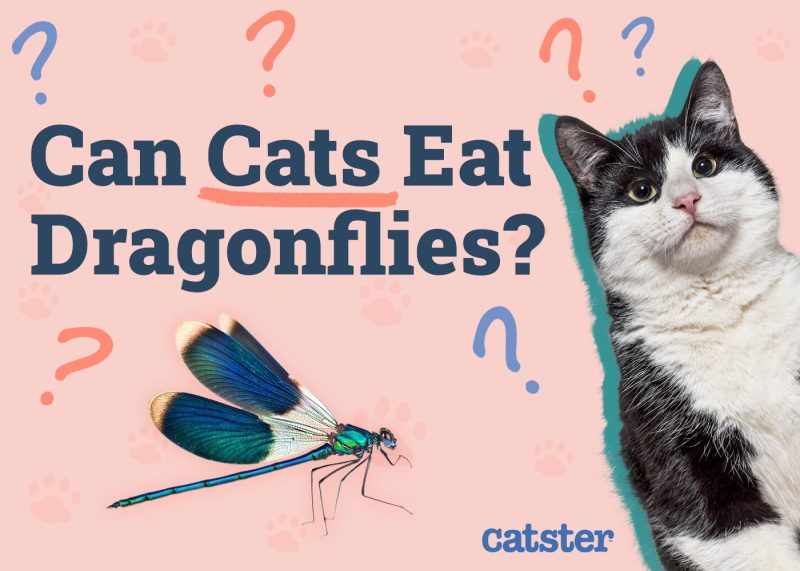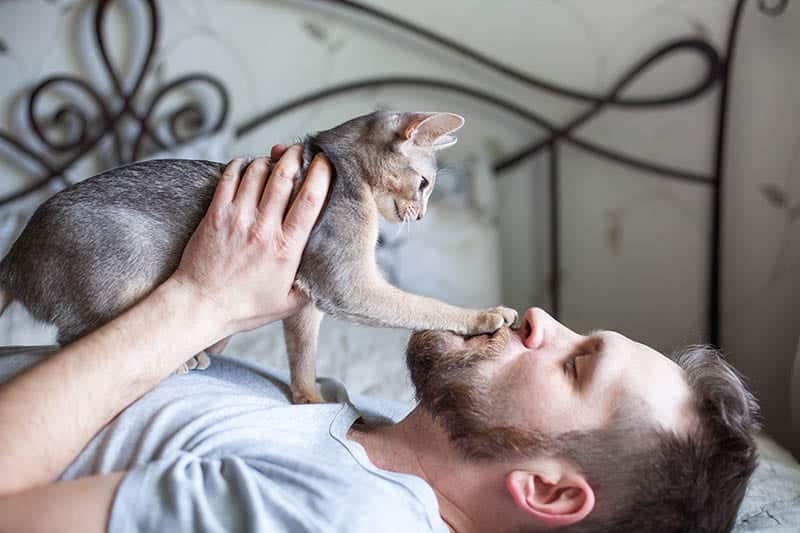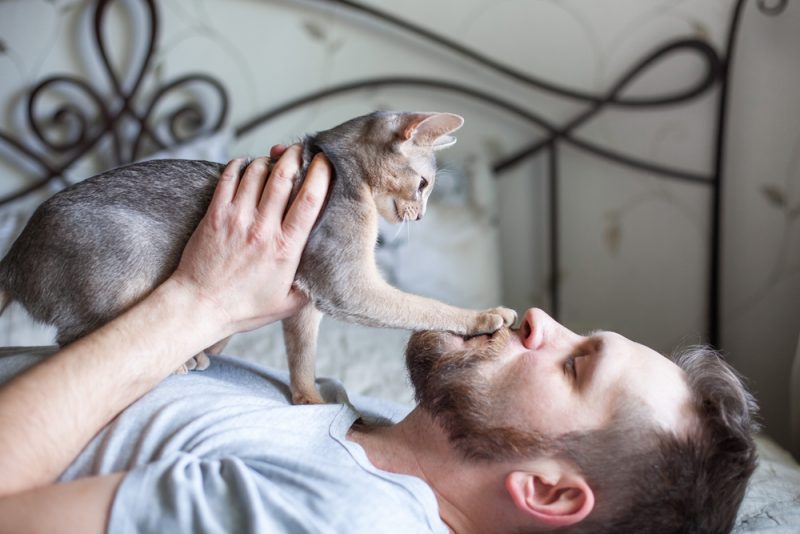In this article
Siberian cats originated from the taiga in Siberia near Russia. They are long-haired cats accustomed to forested areas in a subarctic climate, so they have a thick triple coat.
Siberians are known for being quite large cats, but what about when they are compared to other common domestic cat breeds? How do they shape up, and which ones are the best choices for a family or companionship?

Stats for a Siberian Cat
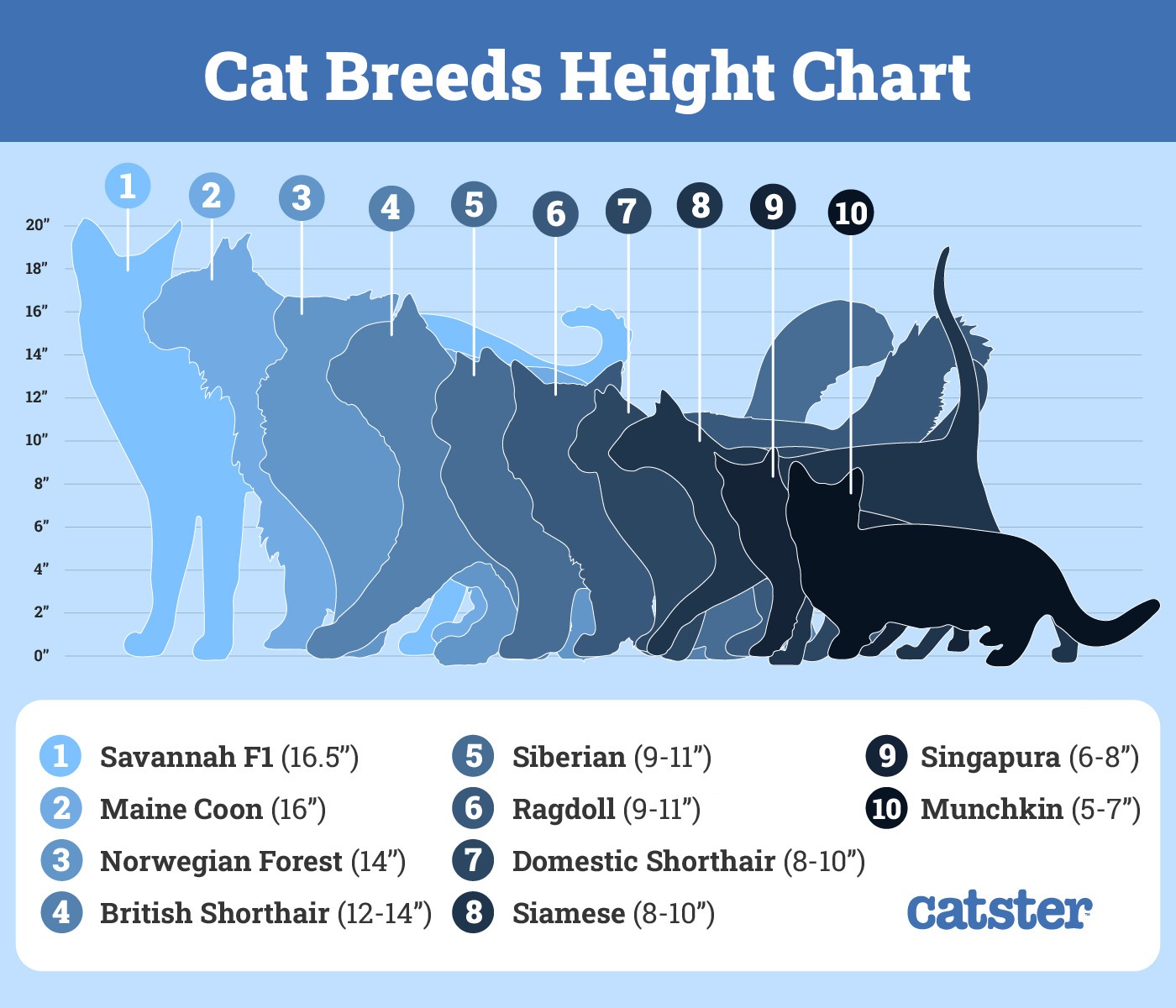
A Siberian Cat’s average size is between 8 and 18 pounds, with the males typically weighing slightly more than the females. They measure about 17 to 25 inches in length from the tip of their nose to their tail.
On average, Siberian cats live between 11 to 18 years. Their genetic health plays a large part in this, as well as their diet and activity level as they grow older. They are glamorous cats with beautiful fur color and patterns and a pair of large, almost round eyes that are slightly angled toward the base of the ear.
Siberian cats originated from Russia more than 1,000 years ago and often played a role in Russian folktales. They weren’t imported into the United States until 1990 and were only officially recognized by the International Cat Association in 1996. They have a reputation for being hypoallergenic, which isn’t always the case, but this has helped them gain popularity.
 Are Siberian Cats Bigger Than…
Are Siberian Cats Bigger Than…
Maine Coons?
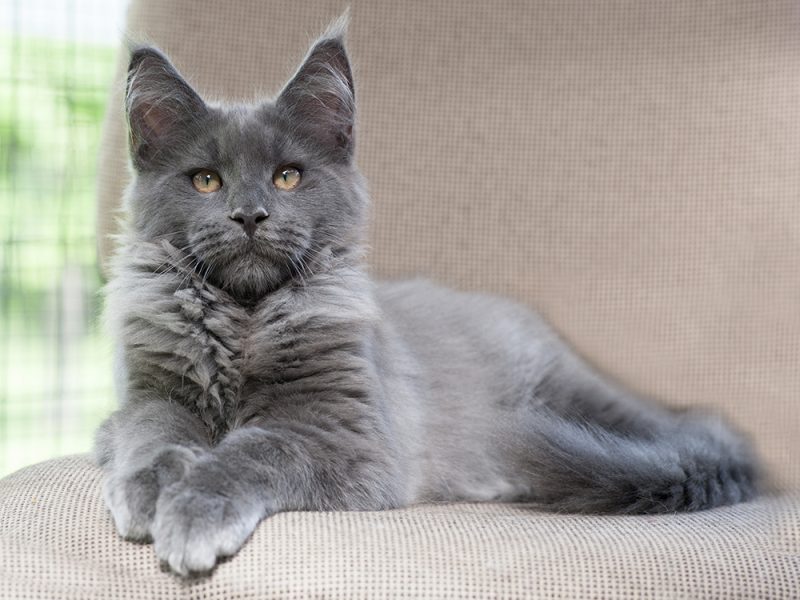
Maine Coon cats are larger than Siberians. Maine Coon cats are the largest breeds of domesticated cats that you can find, particularly in North America.
Maine Coon cats weigh an average of 18 pounds and are typically around 3 feet long from nose to tail. Although Siberians can be similar in size, they are not as average. Siberians weigh up to 17 pounds, and their average size is quite a bit smaller.
Siberians and Maine Coons both make lovely family pets, though. Both of them are lovable and tend to have quirky personalities. They are highly social and enjoy being around other animals, making them suitable matches for homes with more animals.
Norwegian Forest Cats?
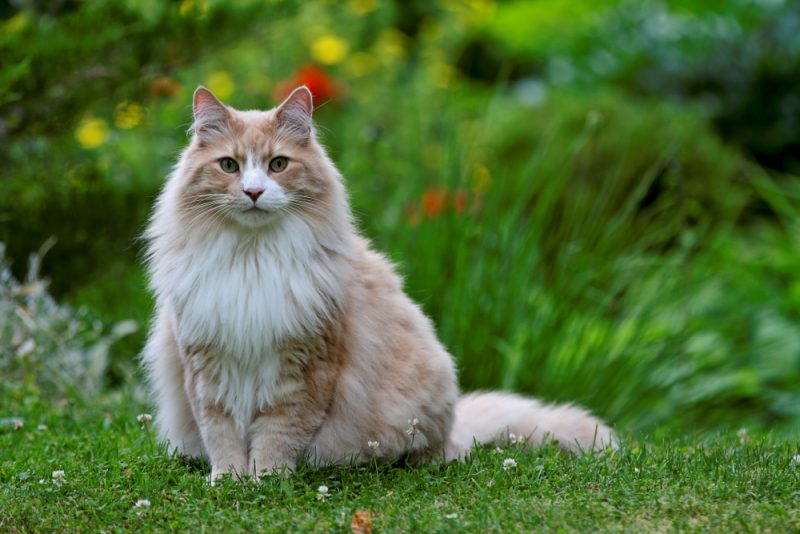
Another cat breed imported from a cold region of the world that has snowballed in popularity is the Norwegian Forest cat. They share many of the same personality characteristics as lovable, larger cats. However, their size difference is the most noticeable when comparing their typical character traits.
The Norwegian Forest cat is noticeably larger than a Siberian cat on average, although depending on the genders and individuals you compare, female Norwegian Forest cats can look similar in size to Siberians.
The average size of a Norwegian Forest cat is anywhere from 9 to 16 pounds, with males being somewhat larger than females typically. They are long animals with large bushy tails. They are between 12 and 18 inches in length from tip to tail but tend to stand higher than Siberian cats.
Ragdoll Cats?
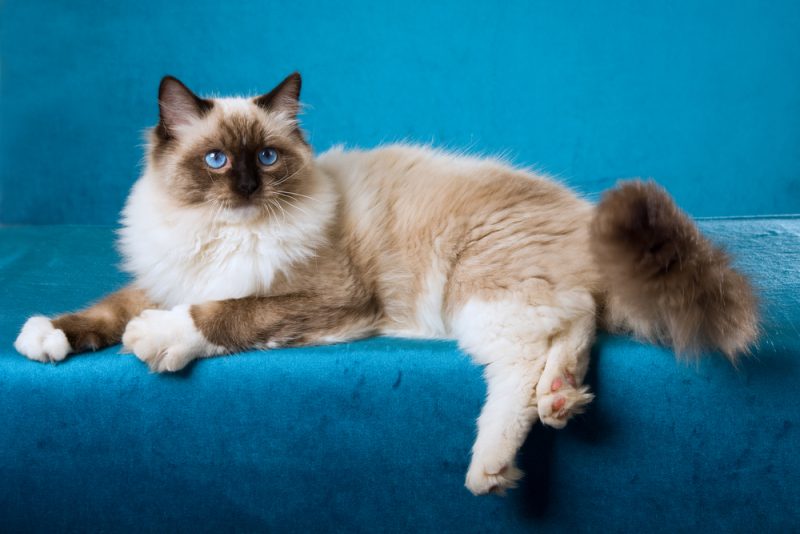
Ragdoll cats are another large domesticated cat breed. They are typically heavier than Siberian cats, with the females weighing about the same as male Siberians. However, they are about the same height, and the triple coat of the Siberians can make them look bigger in appearance.
A fully grown Ragdoll can weigh anywhere from 8 to 20 pounds or more, depending on their heritage and diet. Excluding their tail, a Ragdoll still measures 17 to 21 inches from the tip of their nose.
These cats are easily recognized due to their color-point coat. They are soft cream throughout most of their body, with a brown mask and brown, pointed ears. They are also well-known for their blue eyes. These cats have a similar affectionate nature as the Maine Coon cat.
British Shorthair Cats?
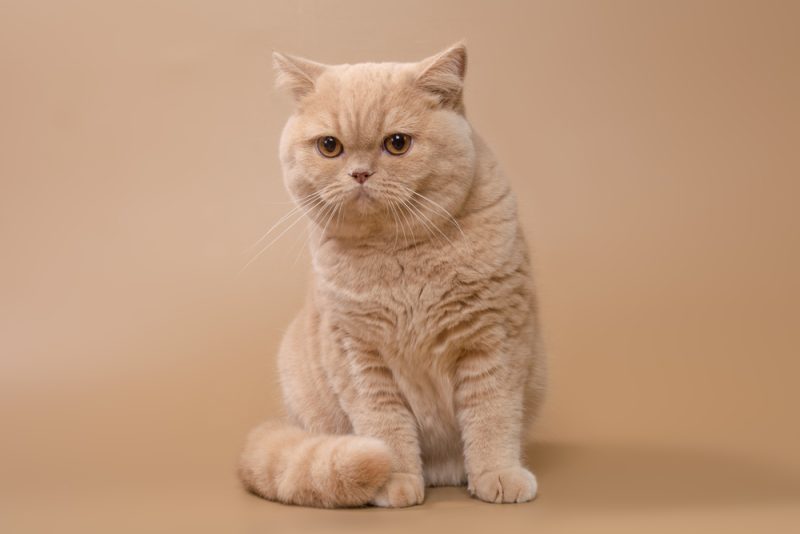
British Shorthair cats are another large breed among domesticated cats. However, these cats tend to be taller and longer than other cats. British Shorthair cats are longer than typical Siberians, measuring about 22 to 25 inches, excluding the tail.
They are often less fluffy but more bulky than a Siberian, though. British Shorthairs weigh anywhere from 8 to 17 pounds, putting them longer but almost as heavy as the Siberian cat.
Siamese Cats?
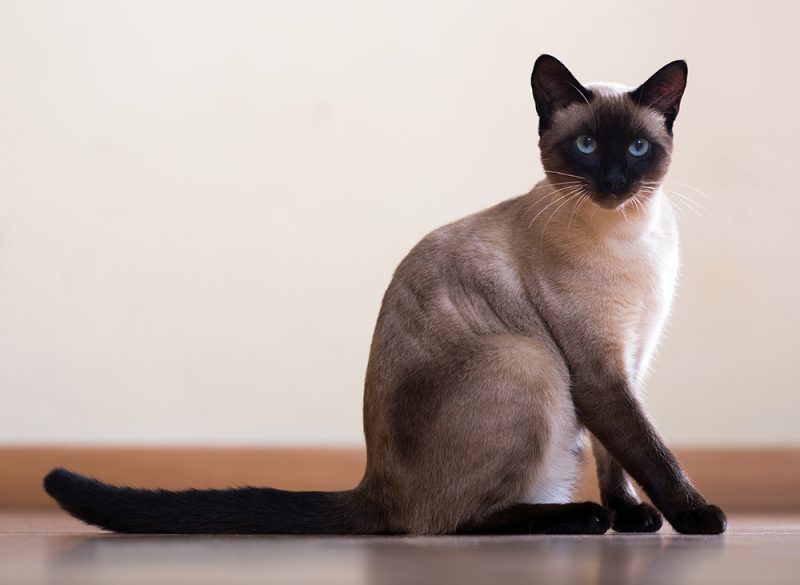
Siamese cats are not known for their size or their friendly natures. They are thought to be quite chatty and an overall handful when it comes to pleasing them. However, their beauty is often why people are so drawn to them, since they have remarkable coats and angular faces.
Siamese cats are much smaller than Siberian cats. They have an average length of 11 to 14 inches long and only weigh between 8 and 10 pounds. They are thought to be a small to medium-sized breed and have much more aristocratic features than the strong, robust bodies of the Siberian.
Savannah Cat?
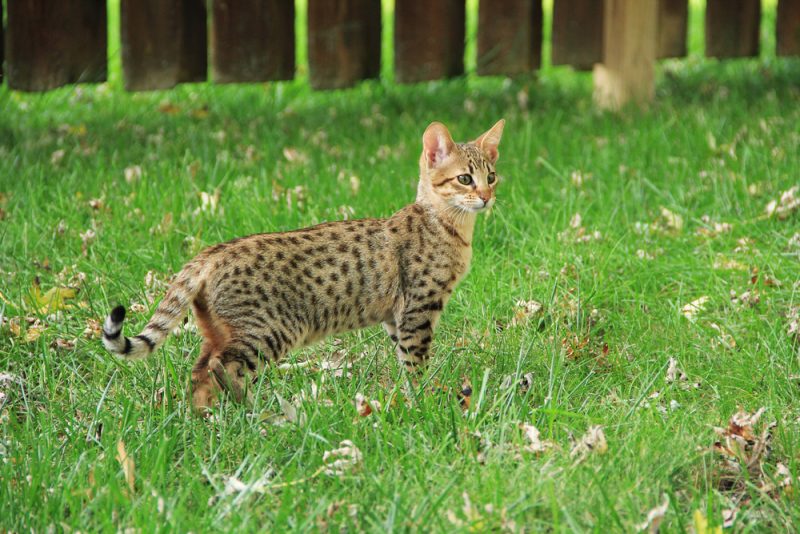
A Savannah cat is a beautiful, almost leopard-like cat with a coat of spots on their back and neck and with rings around their legs. They are a medium to large breed cat that can be quite large the closer in the line they are to the Savannah cat’s original species.
F1 to F2 Savannahs weigh between 13 and 23 pounds and measure 16 to 20 inches from their nose. They tower above many other breeds at around 18 inches tall.
Once you get to the F3 to F6 Savannah cats, they are only medium-sized at about 13 to 17 inches in length and weigh around 10 pounds. Less than an F6, and you simply have a Domestic Shorthair cat.
So, depending on the generation they are, Savannahs can be either larger or smaller on average than a Siberian, although they do tend to be taller if they’re an F1 or F2 generation.

Are Siberian Cats Good Family Cats?
If you are basing your choice for a cat breed partially on their size, then it is good to know that Siberian cats are a large breed but not the largest domestic cat breed in North America.
Siberians are beloved for their quirky personalities and their overall docility. Both the males and females of this breed are good cats, with females being more elegant and refined than their male counterparts.
Whether you care more for large or small breeds, a Siberian cat makes a wonderful addition to any family. They are more tolerant of other animals than many cats and easily adapt to various living situations.

Conclusion
While not everyone cares about size when picking out a cat breed to bring home, it certainly should be considered. When it comes to the Siberian cat specifically, they’re not the biggest, but they’re also not the smallest either. They really lie somewhere in between. All in all, we hope this article has given you an idea of how big these cats are so that you can determine if one would be the perfect fit for your home.
See also:
- Siberian Cat Names: Ideas for Your Northern Kitty
- How Long Do Siberian Cats Live?
- How to Introduce a Cat to a New Home: Tips & Tricks
Featured Image Credit: Massimo Cattaneo, Shutterstock



